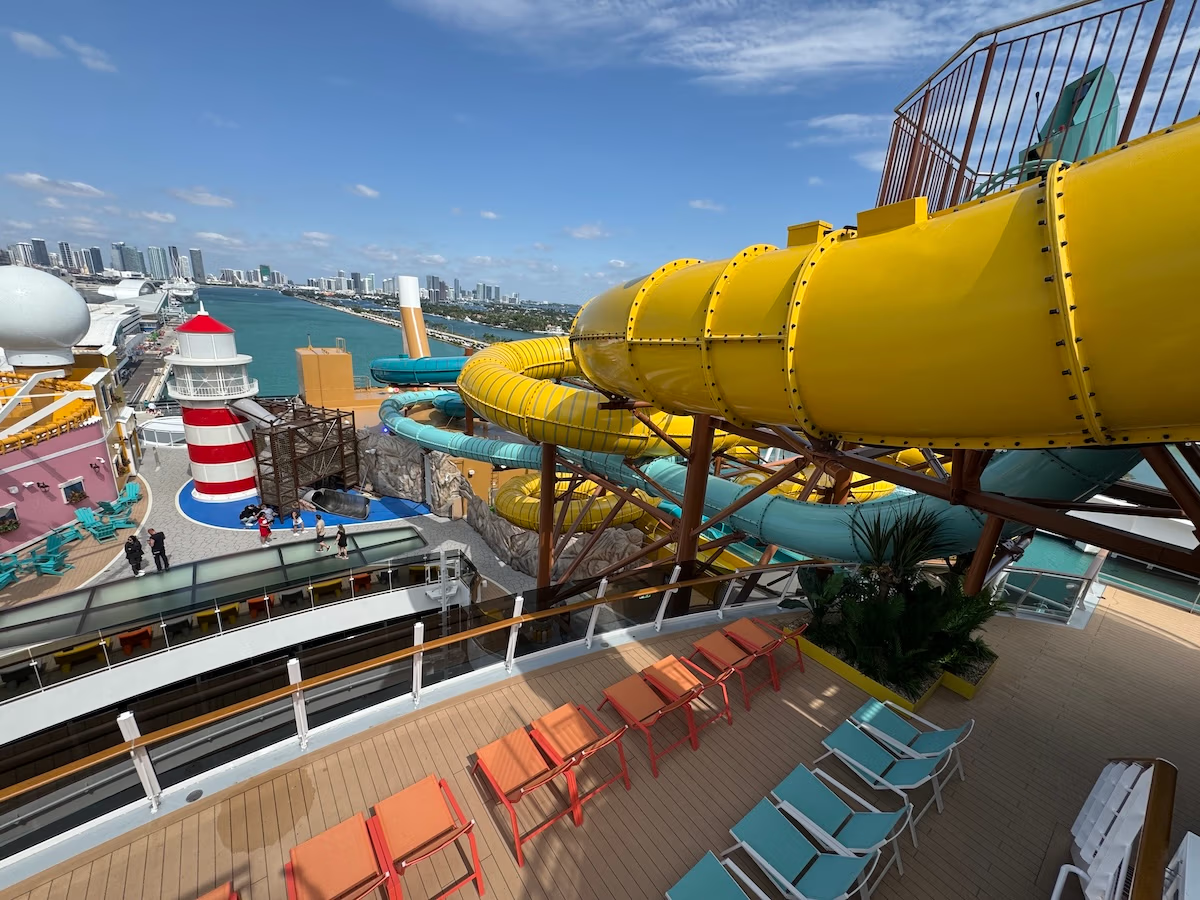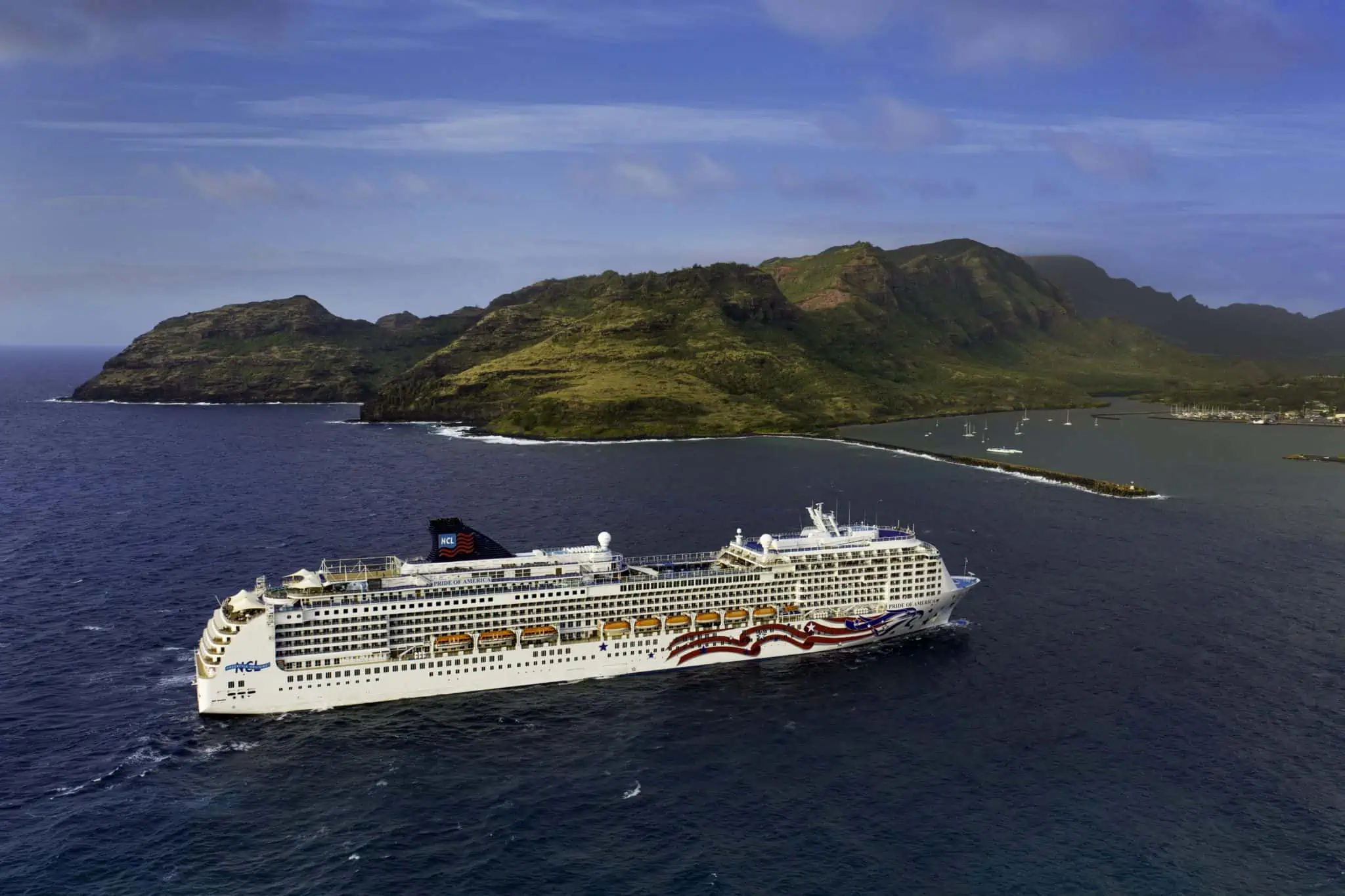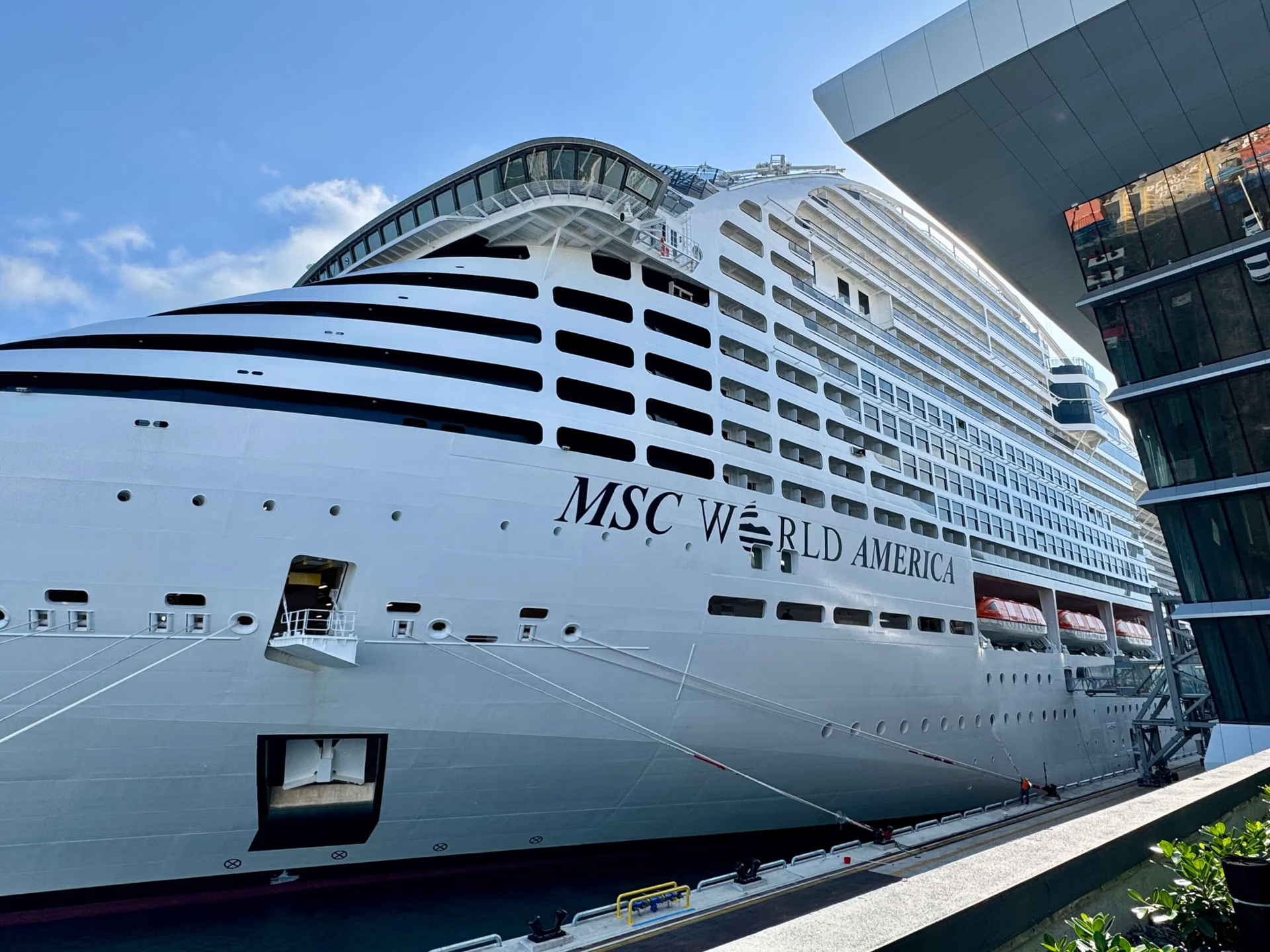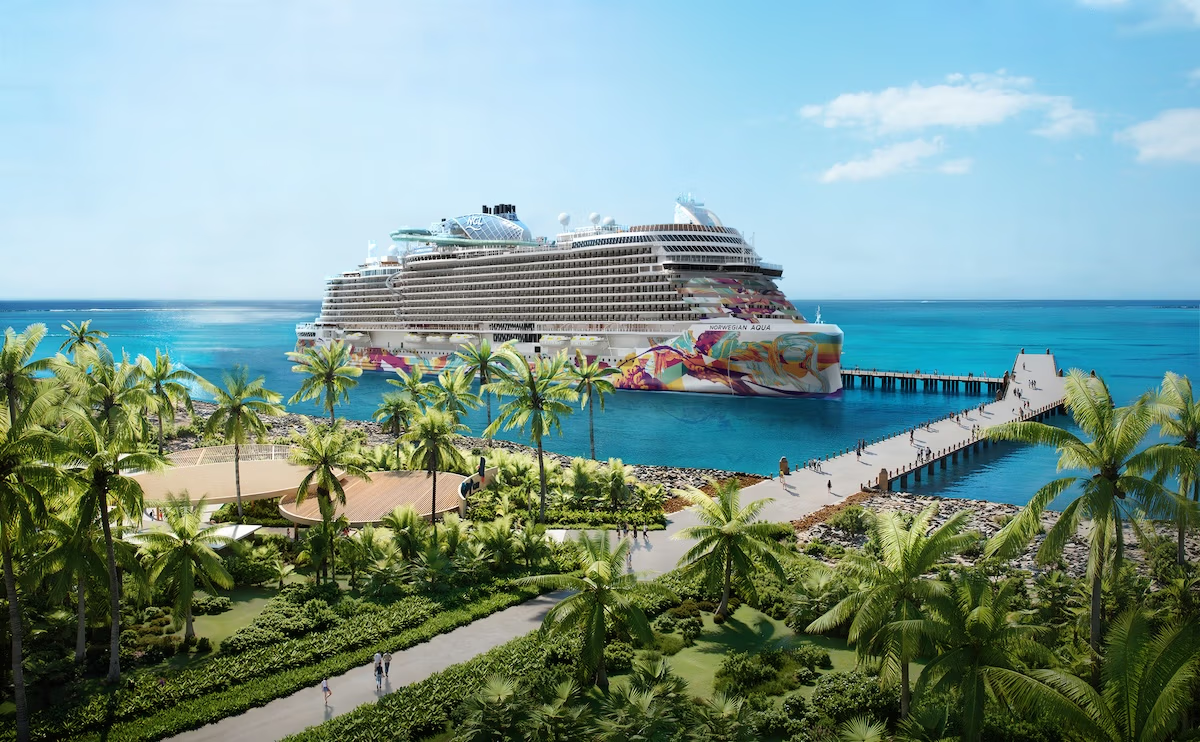The Mexican Navy and Quintana Roo authorities are ramping up efforts to combat seaweed, the floating macroalgae that has impacted beaches across the Caribbean in recent years.
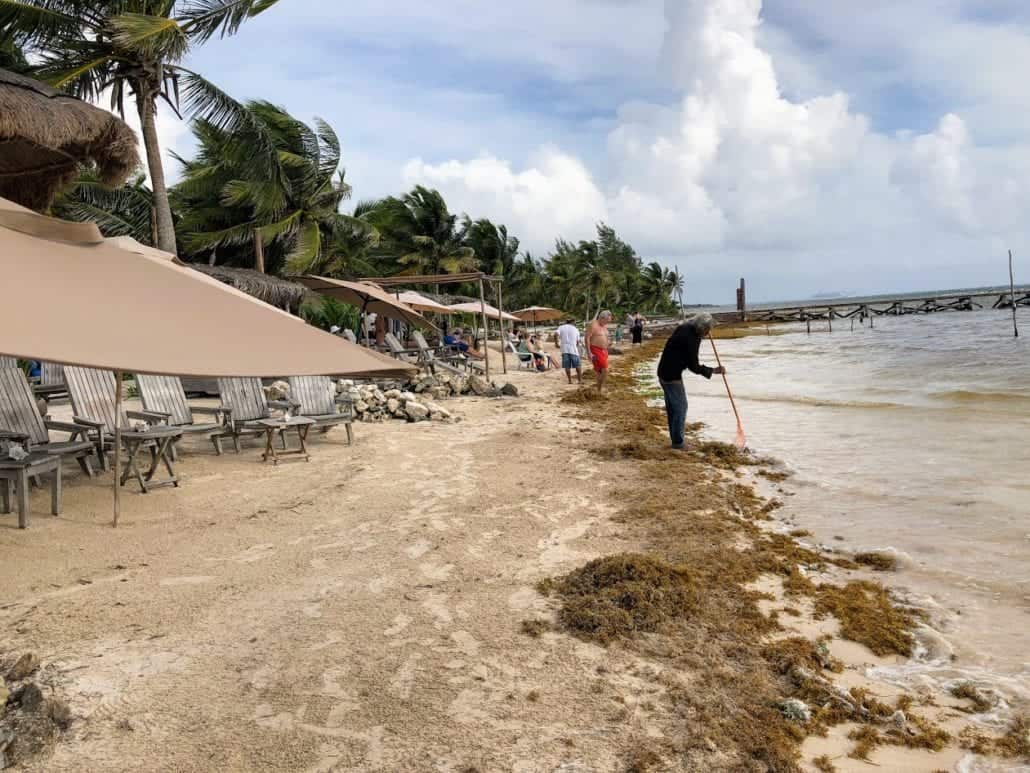
With the 2025 seaweed season expected to begin in April, officials are implementing containment measures to protect key tourist destinations, including Cozumel and Costa Maya.
The annual appearance of seaweed peaks between May and July and can affect beaches popular with cruise passengers, particularly in Mahahual, the gateway to Costa Maya.
While Cozumel’s western shores—where most cruise excursions occur—are naturally shielded, its eastern beaches have experienced seasonal accumulations.
In coordination with state and municipal agencies, the Mexican Navy is preparing vessels, containment barriers, and satellite monitoring systems to mitigate its impact.
Many resorts, like Maya Chan in Costa Maya, hire employees to rake the seaweed as it comes to shore to ensure it doesn’t disrupt the guest experience. Others have containment nets off the coast, and some resorts use a combination of both.
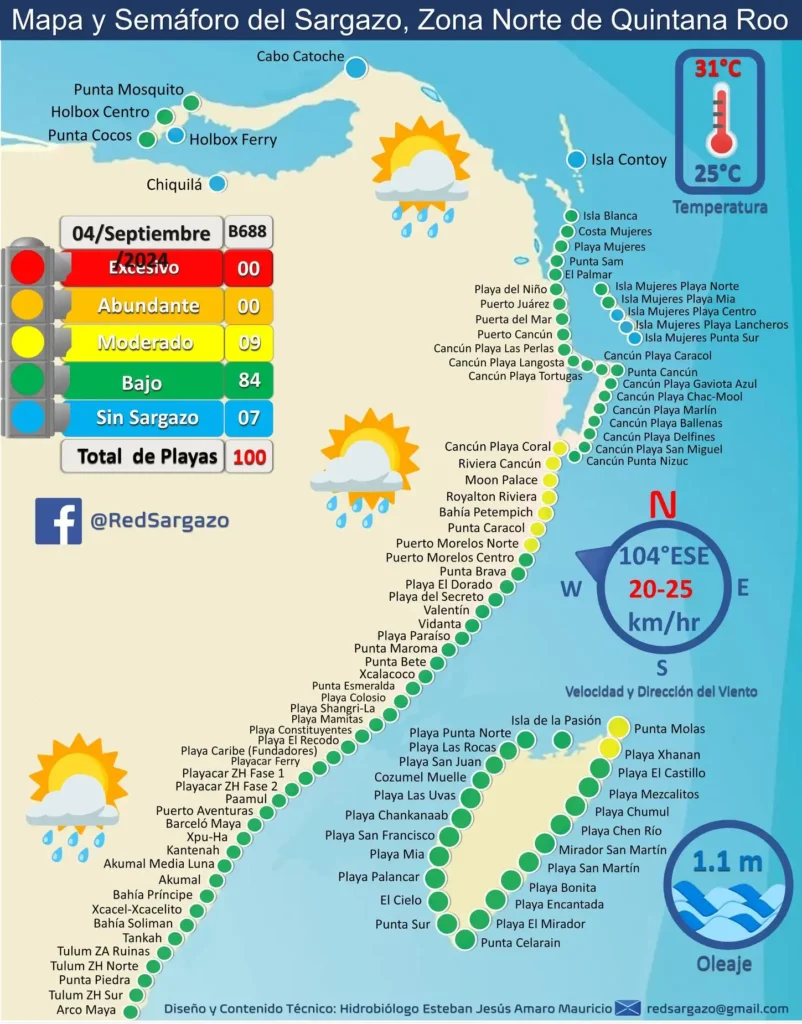
Authorities have outlined a four-phase response strategy: preparation, detection, containment, and collection.
The preparation phase, currently underway, includes equipment maintenance and personnel training. Once sargassum levels increase, barriers will be deployed offshore, and specialized vessels will collect algae before reaching shore. Local governments will oversee collection efforts in shallow waters and on affected beaches.
Efforts are concentrated on 47 high-traffic beaches, including those in Playa del Carmen, Tulum, and Costa Maya. The plan is geared to minimize disruptions for tourists and businesses that depend on beach-related tourism, a key economic driver in the region.
Cruise passengers visiting the region between April and October are advised to check real-time seaweed conditions before booking beach excursions or resorts.
If seaweed levels are high, alternative shore excursions may be available, such as snorkeling, cenote tours, or visits to Mayan ruins.
If you book privately, some resorts allow you to cancel on the same day if the seaweed conditions on the shoreline become too severe.


